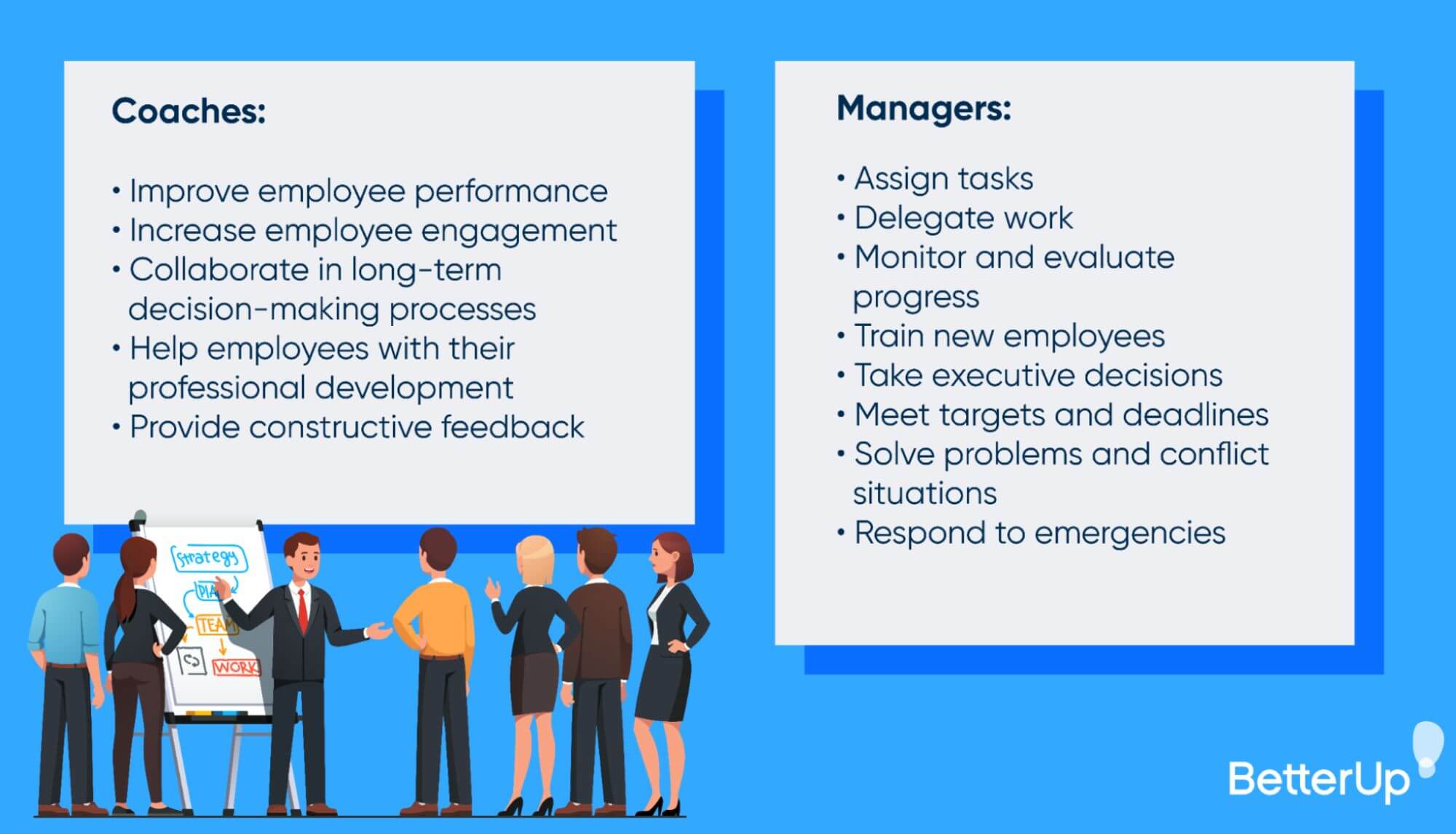One Company’s Bold Move Increased Worker Satisfaction by 20%
July 25, 2023
Colleen Dick

SUMMARY
- Disengagement among employees is a significant problem, with only one-third of workers feeling engaged at work. Companies are seeking innovative solutions, such as replacing managers with coaches, to boost employee satisfaction.
- Employee dissatisfaction often stems from not feeling valued or not experiencing a sense of belonging. Workers desire more personal and professional development opportunities, autonomy, and goal-setting assistance, prompting the shift towards a coaching approach in management.
- Despite initial challenges in implementing this new approach, Time, Etc. reports a 20% increase in employee engagement and recognition among the top 1% of teams worldwide. The company believes the gains significantly outweigh any growing pains, making this approach a valuable investment.
580 words ~ three minute read
Employers know that employee disengagement spells trouble. In a time when organizations compete to retain employees, the impact of employee engagement matters more than ever.
Unfortunately, many employers are playing catch up when it comes to workplace satisfaction. In a 2023 Gallup survey, only a third of workers described themselves as feeling engaged at work. And for those doing the math, that’s a whole lot of employees who are somewhere on the spectrum between passively showing up to actively ‘quiet quitting.’
Barnaby Lashbrook, the CEO of the virtual assistant company Time, Etc., recently wrote an article in Fortune magazine, where he revealed the results of a bold work experiment: replacing all of their company managers with coaches.
What Employees Want
What’s driving the low worker satisfaction numbers? The global pandemic did not exactly make unhappy employees. Instead, the unique work, health and family pressures elevated how many workers have been feeling for a long time. In a 2021 report from McKinsey, the reasons employees give for dissatisfaction include not feeling valued by their organization and not feeling a sense of belonging at work.
These findings got Lashbrook thinking. He and his team asked employees what they needed from their managers, and soon found that their answers painted a very different picture of management. According to Lashbrook, workers wanted help with “goal-setting, feedback, personal and professional development opportunities, and autonomy.” These themes sparked his initial insight: employees wanted more opportunities to grow and develop.
The Coach Approach
At Time, Etc. the coach/employee ratio is one coach per six employees. Lashbrook describes the coach’s role as similar to a manager–they’re still the one who handles challenges. However, instead of simply managing productivity and pushing workers to achieve, coaches mentor, provide feedback and encouragement and ensure they have adequate training and support along the way.
By emphasizing self-improvement, Lashbrook has found a way to imbed professional development into company expectations. Workers receive an allowance to take courses on Udemy and coaches provide reading recommendations from their self-growth library.
When Workplace Satisfaction Becomes Workplace Culture
The coaches are not the beginning and end of personal and professional development at Time, Etc. The leadership team also runs regular workshops and outside experts who teach on relevant topics from mindfulness to employee confidence.
Since innovating their management approach, Lashbrook reports a 20% increase in employee engagement, using the same standards from the Gallup survey that initially inspired him. Their company has also been recognized in the top 1% of teams worldwide since making these internal changes.
Beyond the statistics, Lashbrook saw the results of increased workplace satisfaction in real time. Instead of growing employee turnover and major losses due to the Great Resignation, they were able to keep their best workers and organically reduce the number of days their staff was taking–a huge win for the company and for the employees who began finding more value in their jobs.
Expect a Few Growing Pains But Know They’re Worth It
Like any major change, the switch from manager to coach came with a few growing pains. At first, coaches struggled with how to implement boundaries outside of the traditional manager roles. Also, the skills required to coach versus lead are sophisticated, and the company’s coaches needed more tools and training to do the job well.
Despite these challenges, Lashbrook says that returning to the old way of doing things is not an option. “The gains have been so significant that there’s no going back for us.”
The York County Regional Chamber of Commerce is a private non-profit organization that aims to support the growth and development of local businesses and our regional economy. We strive to create content that not only educates but also fosters a sense of connection and collaboration among our readers. Join us as we explore topics such as economic development, networking opportunities, upcoming events, and success stories from our vibrant community. Our resources provide insights, advice, and news that are relevant to business owners, entrepreneurs, and community members alike. The Chamber has been granted license to publish this content provided by Chamber Today, a service of ChamberThink Strategies LLC.